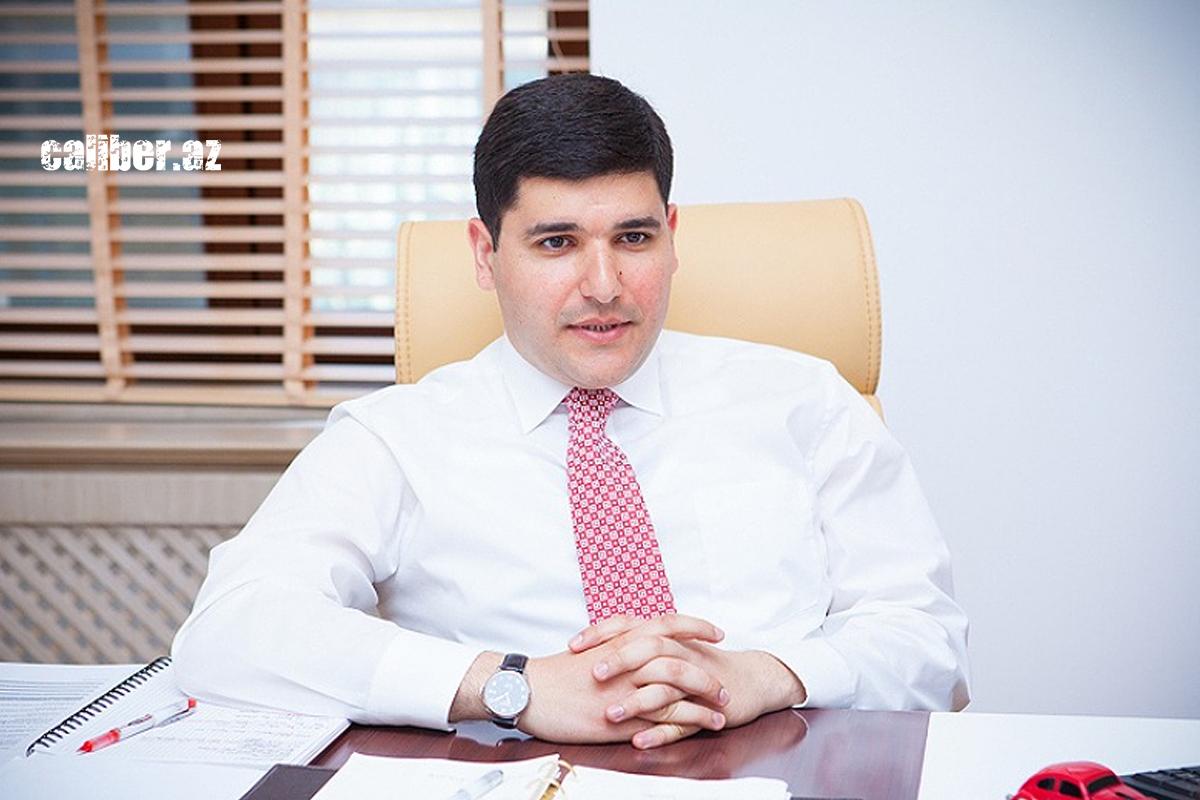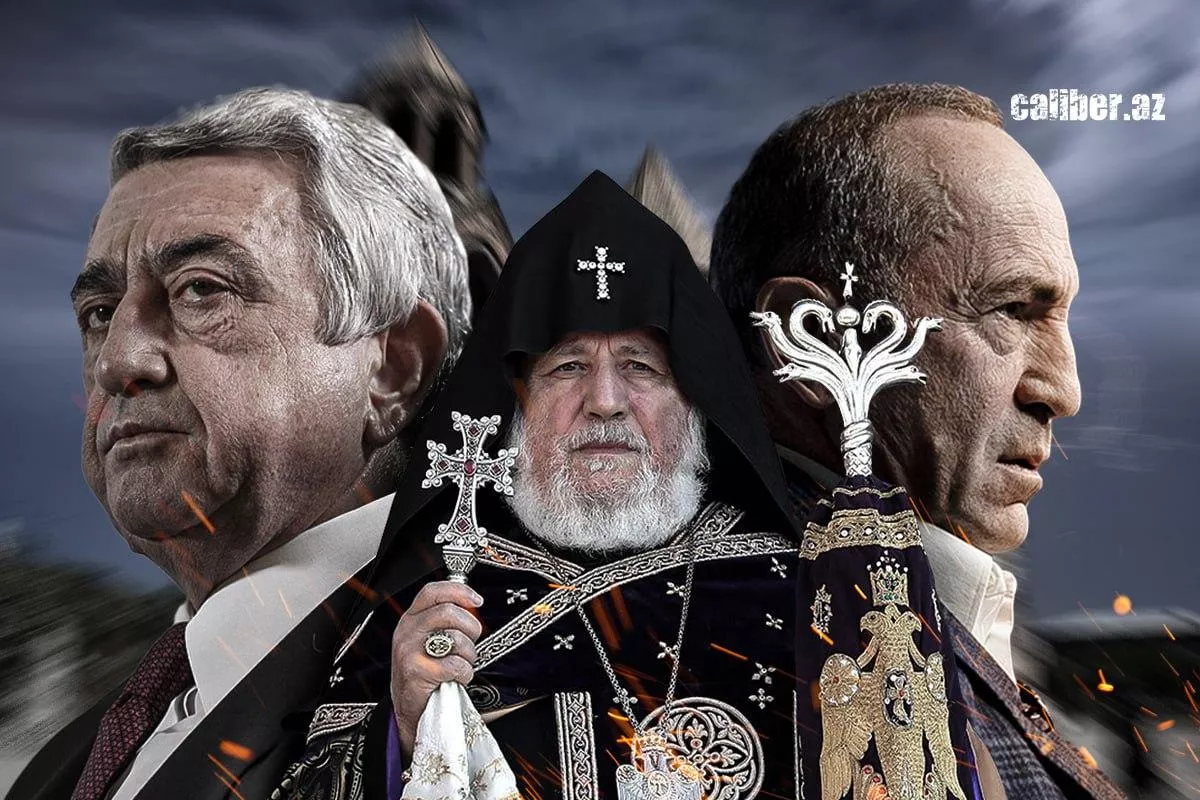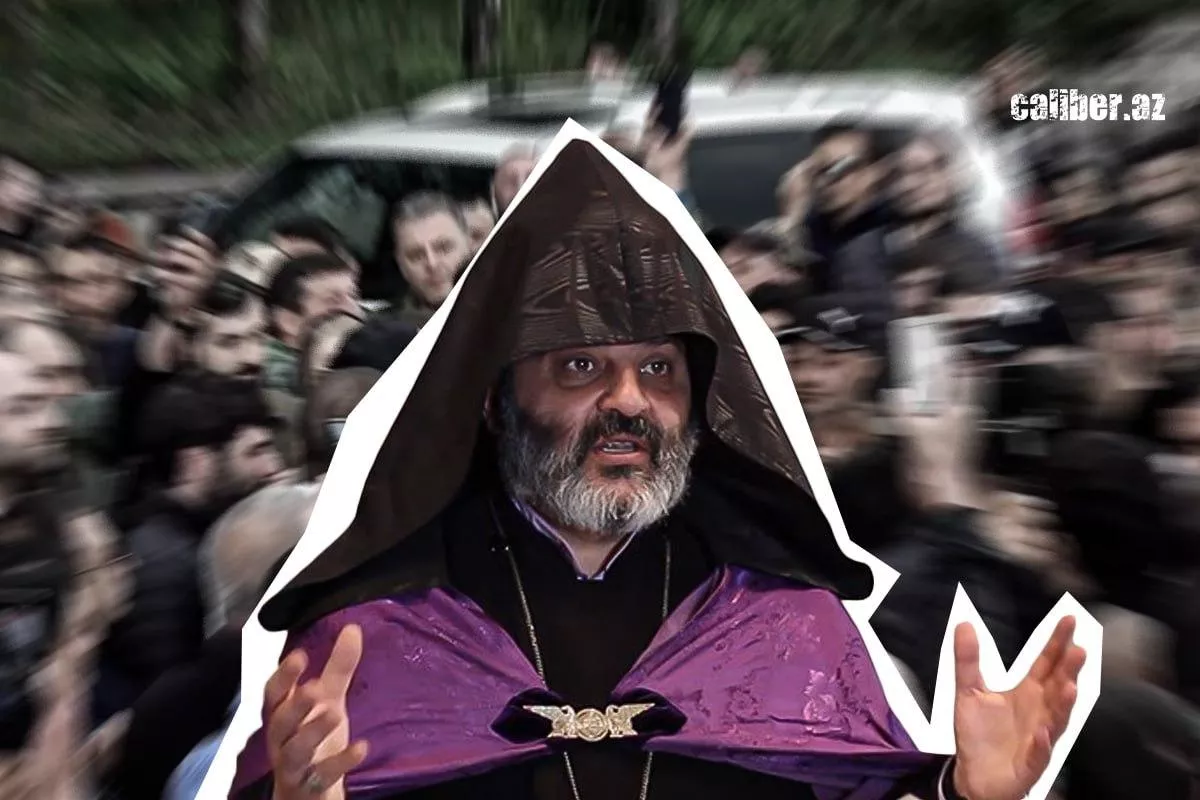Fighting the shadow Pashinyan and Etchmiadzin clash head-on
For several days now, Armenia has witnessed an ongoing war of words between the Prime Minister and the Armenian clergy. What began as a dialogue between the state and the church quickly degenerated into a flurry of insults. It was Prime Minister Nikol Pashinyan who first lost his composure, responding to an undeniably provocative comment by the well-known Bagrat Galstanyan regarding the lack of an official relationship status between Pashinyan and the First Lady. In doing so, he resorted to vulgar language in the public sphere and simultaneously accused the priest of engaging in disreputable intimate affairs.
This situation raises many questions — among them, whether Pashinyan acted with calculated cold blood or simply allowed himself to be dragged into a scandal. Azerbaijani political analyst and head of the South Caucasus Research Centre, Farhad Mammadov, shared his thoughts on the broader context of political struggle in Armenia in his Telegram channel “Mnenie-FM” (Opinion).

“Of course, the way Pashinyan goes about it is a topic in itself. The main goal of this process is to strike a blow to the authority of the clergy, who are once again trying to play a political game,” Mammadov began his analysis.
From this angle, Pashinyan’s sharp reaction becomes more understandable. For Armenian society—or at least the segment of it loyal to Etchmiadzin—his accusations came as a shocking revelation, casting a long shadow over the authority of the Church and its clergy. The very fact that Pashinyan took such a step suggests that he sees the threat posed by the religious establishment as significant.
The Azerbaijani analyst points out that from the very beginning, “Pashinyan’s relationship with the Church has been antagonistic…” He notes that during the snap parliamentary elections in 2021, the Church joined the chorus of other public institutions that opposed Pashinyan.
Mammadov underscores that following his victory in those elections, “Pashinyan replaced the president with his own appointee, removed disloyal generals and replaced them with loyal colonels.”
Expanding on the expert’s line of thought, it’s worth noting that the Church has remained the most dangerous institution for the ruling team. Unlike other sectors, it is impossible to "appoint" a loyal figure within the Church, as the vast majority of the clergy are in an existential conflict with the current authorities. It is no coincidence that the Karabakh clan, recognising this fact, chose to back the Church—last year putting forward a provincial priest, Bagrat Galstanyan, as the leader of the protest movement.

This point is also highlighted by Farhad Mammadov: “Over four years of seasonal activity, opposition political parties have failed to consolidate public support. The only time a real threat to Pashinyan’s power materialised was when Srbazan managed to rally a large crowd in the capital’s centre. But even that movement eventually lost momentum.”
It stands to reason that what should concern Armenia’s incumbent prime minister is not the fact that the protests were suppressed, but rather that they became possible in the first place. The unrest of summer 2024 showed Pashinyan that Armenian society—despite, or perhaps because of, its apathy—is politically volatile and prone to mood swings.
It is precisely these public sentiments that both the opposition and Pashinyan are now trying to manipulate. Drawing the logical conclusion that the current quarrel is already part of the pre-election manoeuvring ahead of the 2026 vote, Mammadov interprets the opposition’s moves as an attempt to identify the most effective strategy to defeat Pashinyan.
In this context, he recalls two recent cases of opposition victories in local elections—in Gyumri and Parakar—where two different tactics were used. In Gyumri, opposition parties ran “in separate columns”; while none individually managed to defeat Pashinyan’s candidate outright, they later united to elect their own mayor. In Parakar, a “charismatic local-level politician decisively outperformed the ruling party’s candidate.”
Now, according to Mammadov, figures like Kocharyan, Sargsyan, Galstanyan and others have begun ramping up their activity, trying to identify the most effective combination of actions for the battles ahead.
But Pashinyan is not standing still either. Mammadov reminds us of his “carpet bombing” of the opposition—intensifying anti-corruption investigations, summoning former presidents to court, and raising tensions in parliament. Exposing the upper echelons of the Armenian clergy stands apart in this series of moves, since, as noted earlier, the Church has become a “haven” for right-leaning opposition sentiments against the backdrop of Armenian society’s waning respect for the Karabakh clan.
According to Mammadov, Pashinyan’s actions can be explained as follows: “With these steps, Pashinyan is moderating the opposition’s strategy for the coming year and limiting the activity of an external player—Russia.” The Azerbaijani political analyst makes another interesting conclusion: “By taking radical measures, Pashinyan forces the opposition and the Church to protest now, a year before the elections, so that the protest movement will fizzle out by summer rather than peak in the spring of next year.”

Mammadov also touched on another aspect of the issue: “There are signals that after failures in the Gyumri elections and in the West, people have started to rethink Pashinyan’s future. This context is also present in the current actions of Armenia’s prime minister—the cohesion within the ruling party and team.”
In conclusion to his analysis, Farhad Mammadov points to the resignation of the police chief—a career police officer who, by all appearances, was at odds with Pashinyan’s ruling team—as a key factor in preparing for the potential street protests ahead.
Yes, Pashinyan is preparing for the worst-case scenarios. An interesting detail is that even if the Karabakh clan fades into political oblivion, right-wing forces that come after the Karabakh clan will still use the Church. It’s important to clarify here that the Church itself, being an independent political actor, will actively seek out such forces for cooperation.
Thus, Pashinyan’s struggle in the short term is connected to the 2026 elections, while in the long term it is about defeating the institution of the Armenian Church. And that appears to be a much more difficult task.








